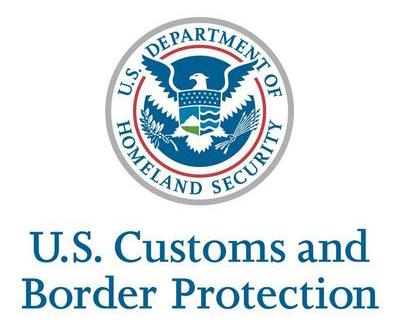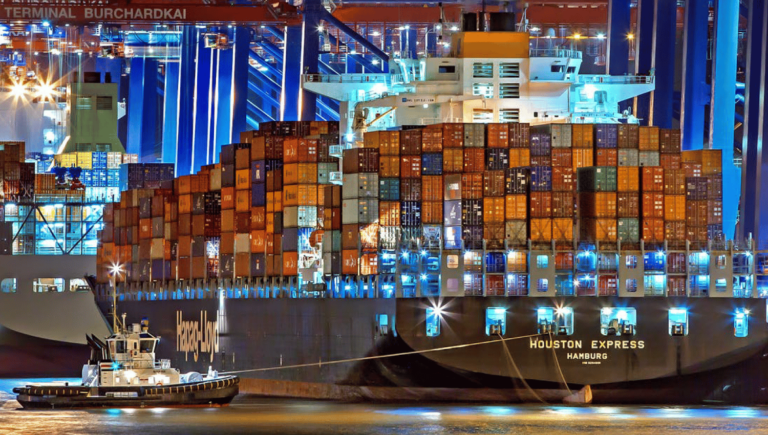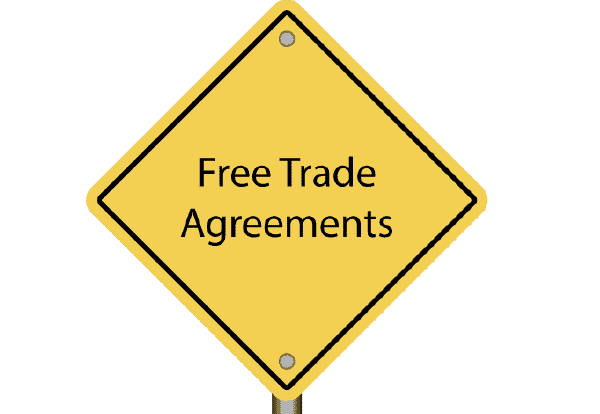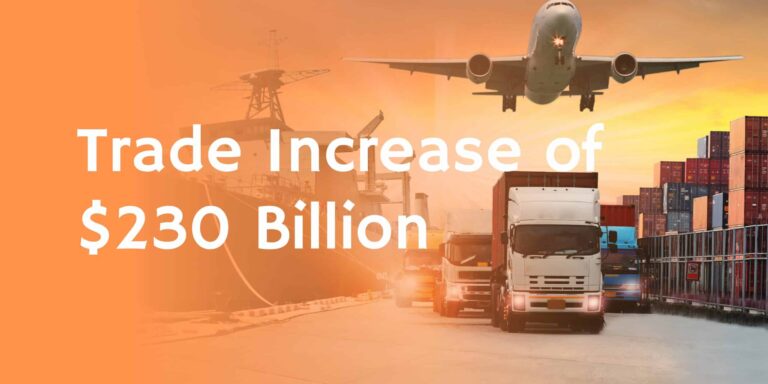CBP Takes Aim at Forced Labor
CBP’s air, land and seaports processed more than 33 million imports last year. Shirts, shoes, lumber, electronics, dishes, eggplants, squid, coffee, bricks and soccer balls. Makes sliver of the commerce worth a mind-boggling $2.4 trillion. Making the U.S. the world’s second largest importer behind the EU. While trade is more robust than ever, CBP cautions importers to be watchful about the source of their merchandise.
Importers receive their commodities at the end of long supply chains that can originate anywhere in the world—in many cases regions where oversight is lax or even nonexistent. Such conditions tempt some manufacturers, miners, commercial fishermen, farmers and other producers to squeeze more profit from their businesses on the backs of laborers, some as young as 5. Lured by fraudulent promises and tantalizing offers, these workers soon find themselves trapped into toiling long hours for a pittance in harsh, many times dangerous jobs.
Click here to read entire story-> Textiles and Trade
———————————————————————————-
Previously published January 29, 2019 | David Trumbull | Agathlon Associates, Consultants in Textiles and Trade







